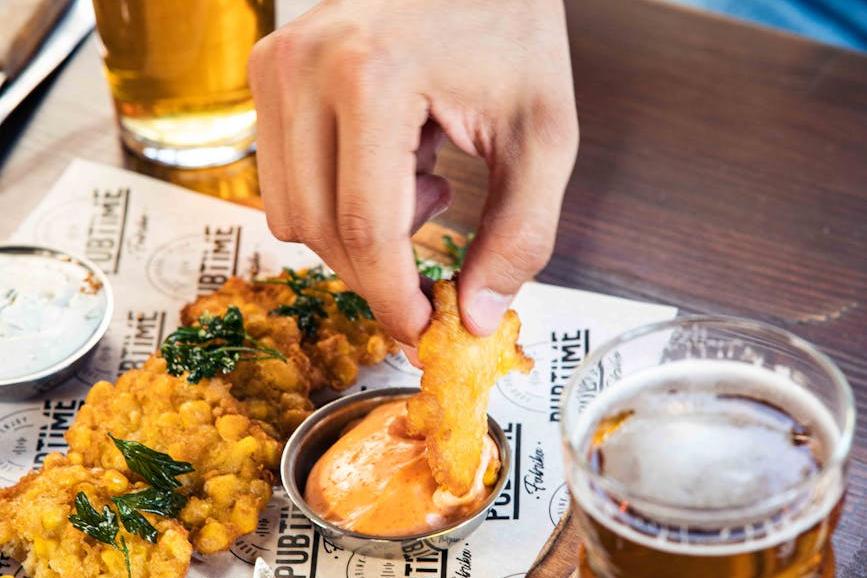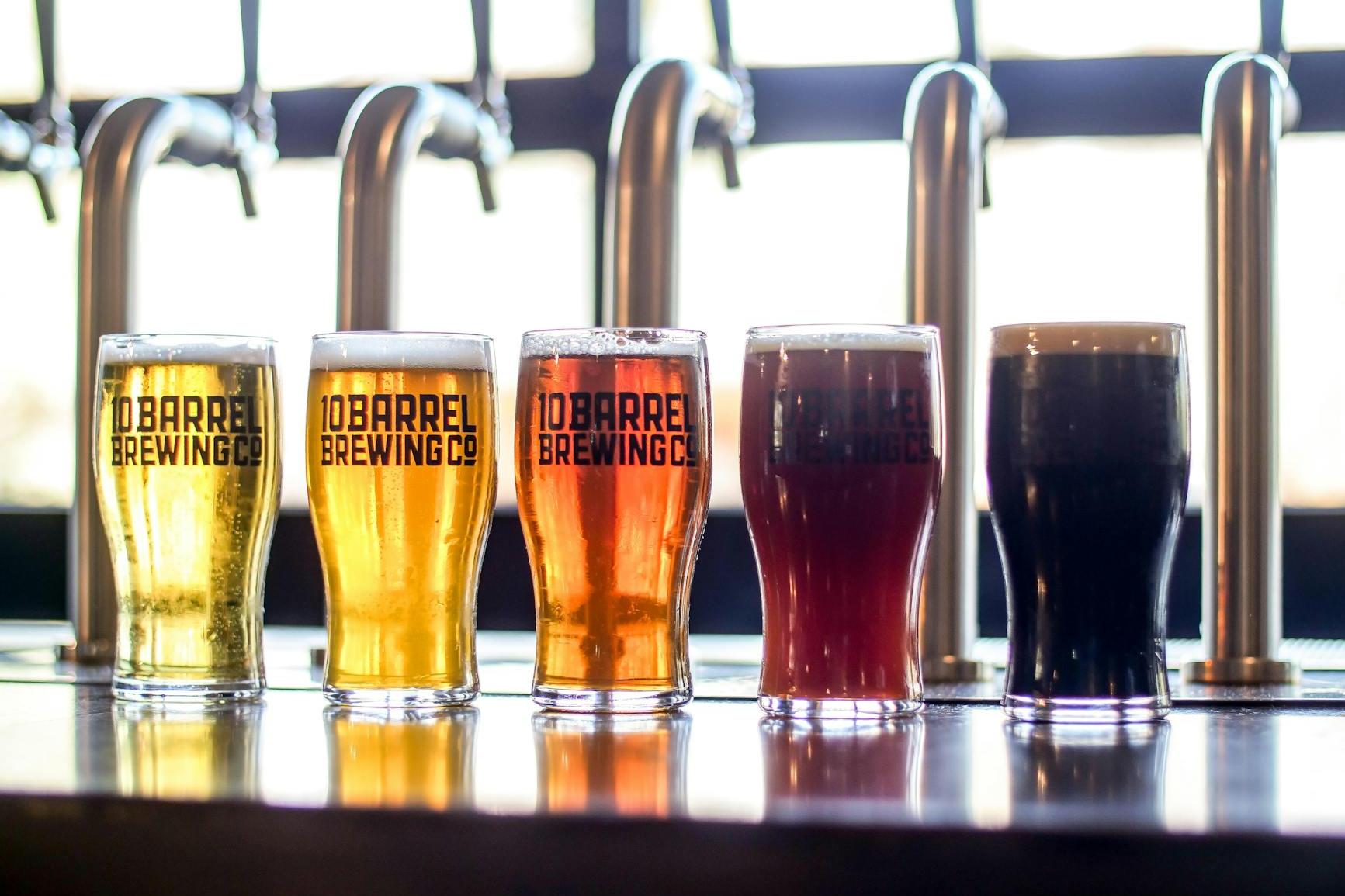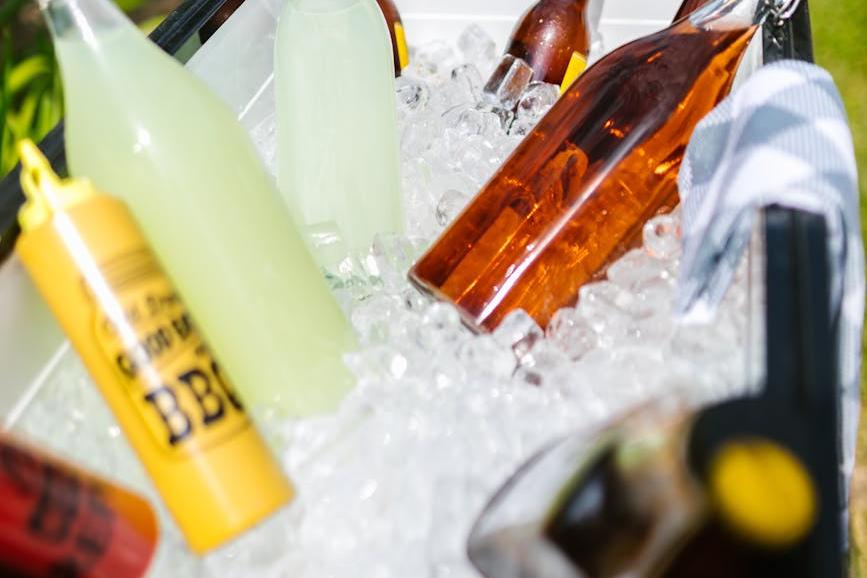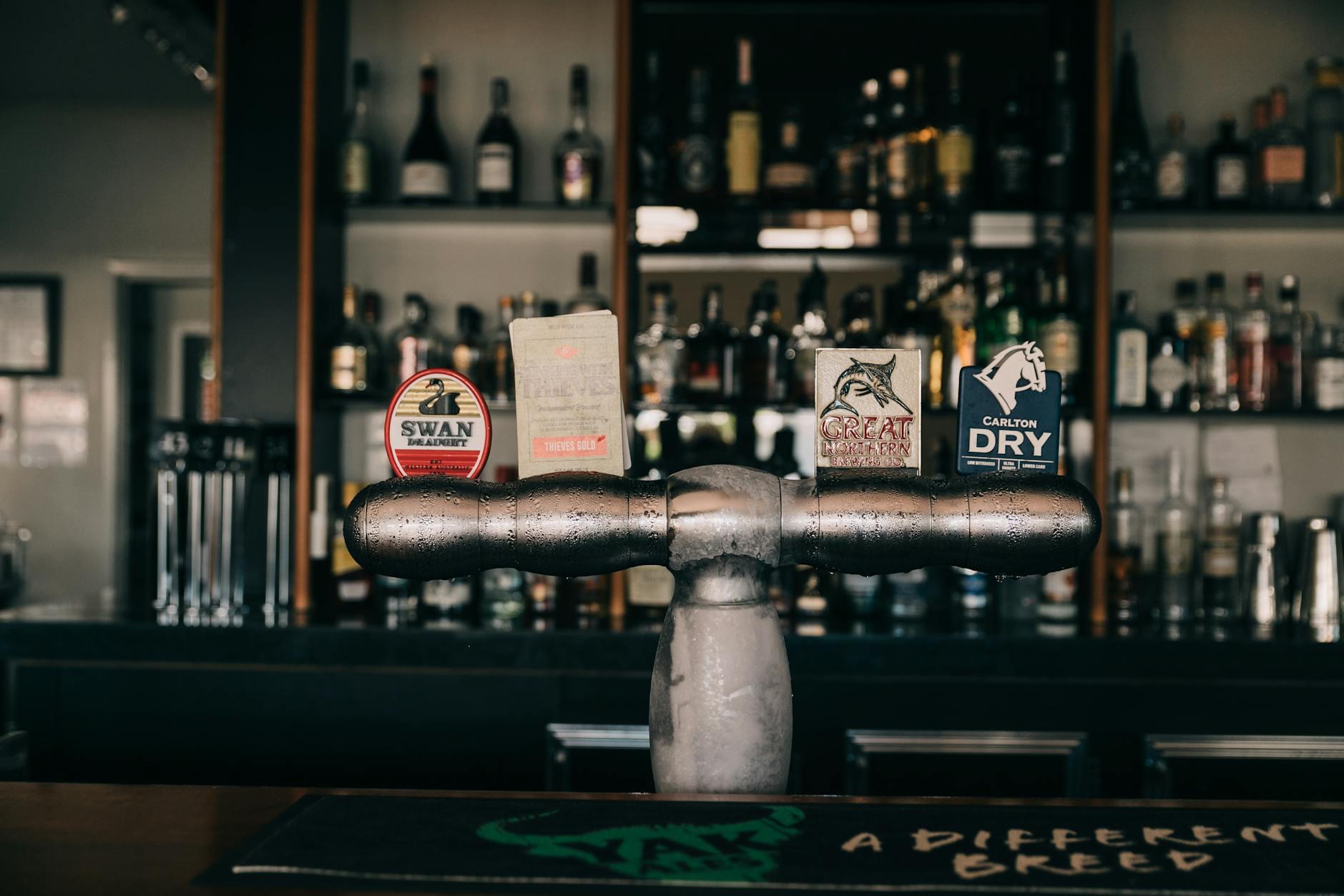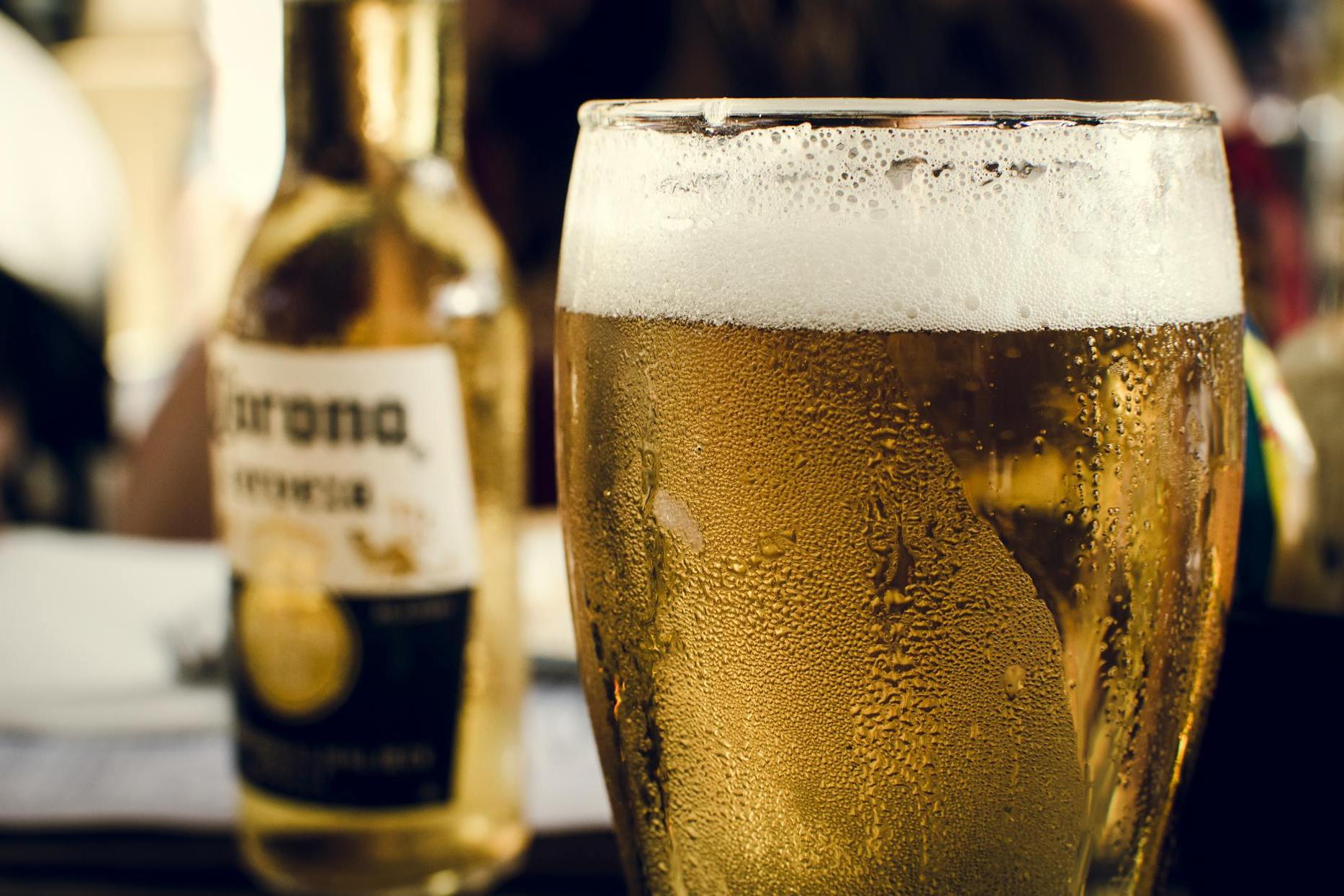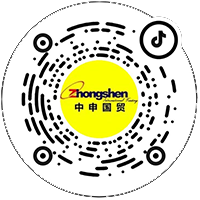- 20 Years of Expertise in Import & Export Solutions
- +86 139 1787 2118
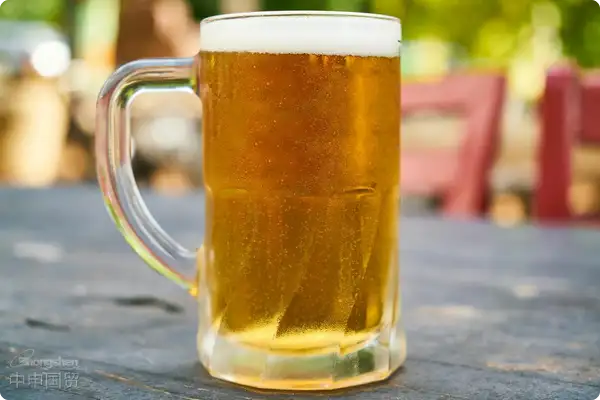
When Craft Beer Meets International Trade: The Connoisseur's Methodology for Selection
Over the past two decades in the industry, I've witnessed too many importers fail in the craft beer sector. Just last week, I handled a million-dollar return case caused by incorrect HS code declaration—a trading company mistakenly classified Belgian Trappist beer as ordinary fermented beverages, not only losing the value of the goods but also missing the crucial Christmas sales season. This painful lesson confirms my point:The success or failure of imported craft beer often begins with the most fundamental trade compliance.
The "ID Card" Verification System for Craft Beer
In the newly revised "Guidelines for the Classification of Fermented Alcoholic Beverages" by the General Administration of Customs in 2025, craft beer has been granted independent tariff subheading status for the first time. This signifies that:
- Certification standards: Original wort concentration ≥12°P, Alcohol content ≥4%vol
- Production Process: Traditional ale yeast fermentation must be employed.
- Certificate of Origin: Original production records from the winery must be provided.
Last month, the Czech craft beer brand we represent was granted expedited customs clearance at Tianjin Port under the art import channel, thanks to its manual brewing records that have been preserved since 1893. This kind ofHistorical Heritage + Modern CertificationThe dual endorsement has become a standard feature of high-end craft brewing.
Three fatal blind spots in agency cooperation
- Packaging Compliance:
- The new EU food contact materials regulation requires that bottle cap liners must be made of food-grade silicone.
- The use of Japanese sake bottles in the craft beer scene may lead to excessive levels of heavy metals.
- Logistics temperature zone:
- The entire process of IPA type must maintain a 4-8℃ cold chain.
- Barrel-aged beer can be transported at temperatures below 15°C away from light.
- Misconceptions in Consumption Tax Calculation:
- Bottles under 500ml are taxed per piece.
- An additional 10% luxury consumption tax will be levied on wooden packaging boxes.
Five-Step Practical Product Selection Strategy
- Reverse tracing:Request the supplier to provide documentation for hop procurement, as the purchasing cost from premium regions is typically three times that of ordinary regions.
- Shelf life validation:On-site verification of the production batch number printing method reveals that laser engraving is 87% more authentic than ink printing.
- Flavor stability test:Simulation?Ocean shipping?Conduct a 7-day destructive test under vibration conditions.
- Minimum Order Quantity Negotiation:Leverage the EU Small Breweries Alliance's groupage policy to reduce trial-and-error costs.
- Emergency Plan:Clearly define the liability for quality issues caused by extreme weather in the contract.
The Tuition Fees We Paid Over the Years
In 2024, while acting as the agent for a certain brand on the U.S. West Coast, a whole container of goods was destroyed at Ningbo Port due to failure to notice their use of genetically modified yeast. This case taught us:The declaration of biological components is far more important than physical indicators.. Currently, our due diligence checklist includes 21 microbial testing indicators, covering the entire chain from fermentation strains to cleaning water.
The Path to Breakthrough Under New Trade Protectionism
Facing certain countries' "technical barriers" targeting craft beer, we have developed a set of countermeasures:
- Utilize the RCEP rules of origin accumulation for multi-country raw material allocation.
- the ASEAN Single Window (ASW)China-Europe Railway ExpressConstant temperature containers bypass port congestion in maritime shipping.
- Apply for special cultural goods certification to enjoy tariff reduction.
Last year, we helped a century-old German brewery develop the "Silk Road Special Edition," which uses a recipe combining hops from China's Xinjiang region and Bavarian malt. This not only meets both Chinese and German standards but also created a 23% premium margin.
Industry Insights at the End
Craft beer distribution is never just about buying and selling goods, but ratherCultural Value Transmission + Lean Supply Chain ManagementA comprehensive competition. When you hold the customs declaration form for a niche craft beer, why not ask one more question: Does this HS code conceal the brewer's adherence to tradition? Do those temperature control records, precise to 0.1℃, carry a quality promise that spans oceans?
(The data in this article is sourced from the General Administration of Customs' statistical bulletin for the first quarter of 2025 and the author's practical cases. Specific policies are subject to the latest official interpretations.)
Recommended for You
- 進口啤酒通關總卡殼?這三個避坑指南請收好
- Importing Tuborg Beer: Have You Cleared These "Hidden Levels"?
- 5 Key Issues in Customs Clearance for Imported Beer: 90% of Importers Have Stumbled Over Them
- The "Sake Gate" and "Beer Calamity" of Japanese Beer Agency
- Belgian Beer Customs Clearance Code: An Experienced Buyer's Guide to Avoiding Pitfalls
Category Case
Contact Us
Email: service@sh-zhongshen.com
Recommended for You
Contact via WeChat

? 2025. All Rights Reserved.
